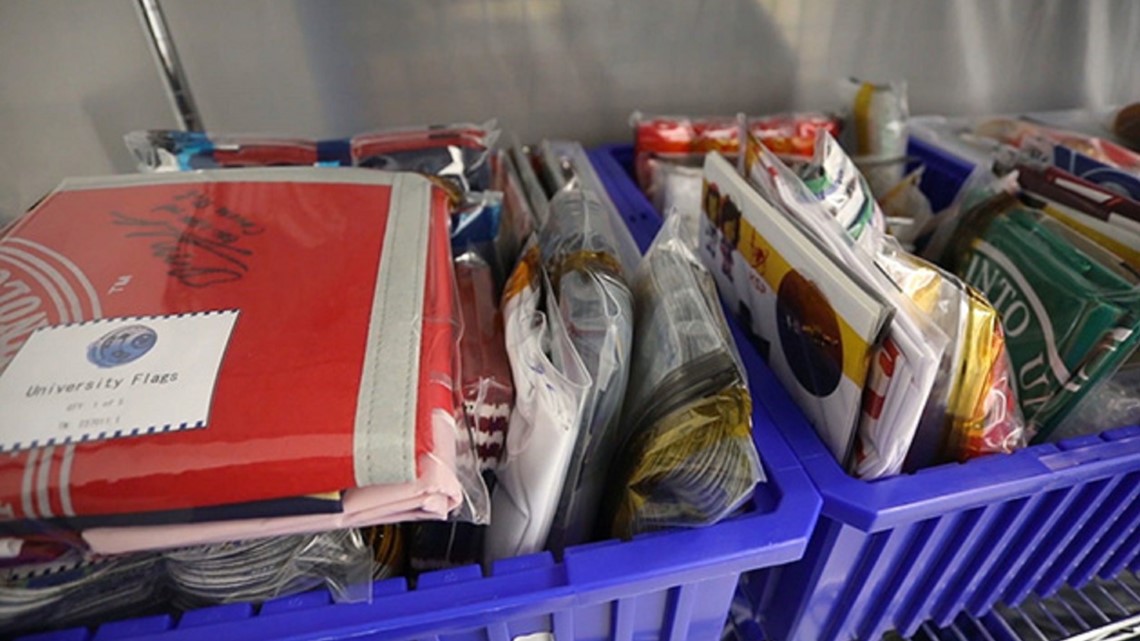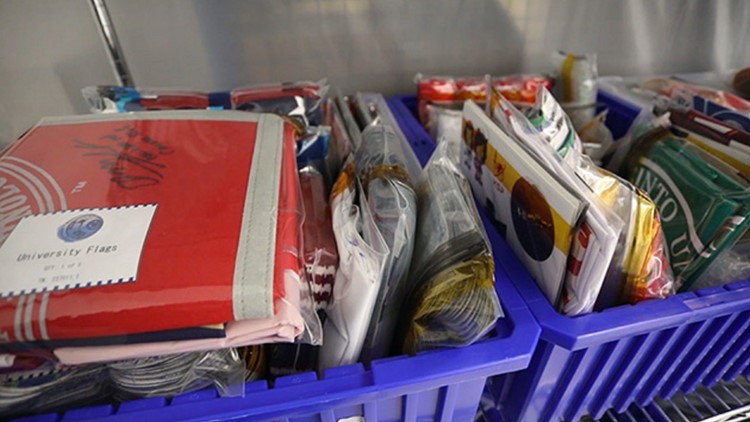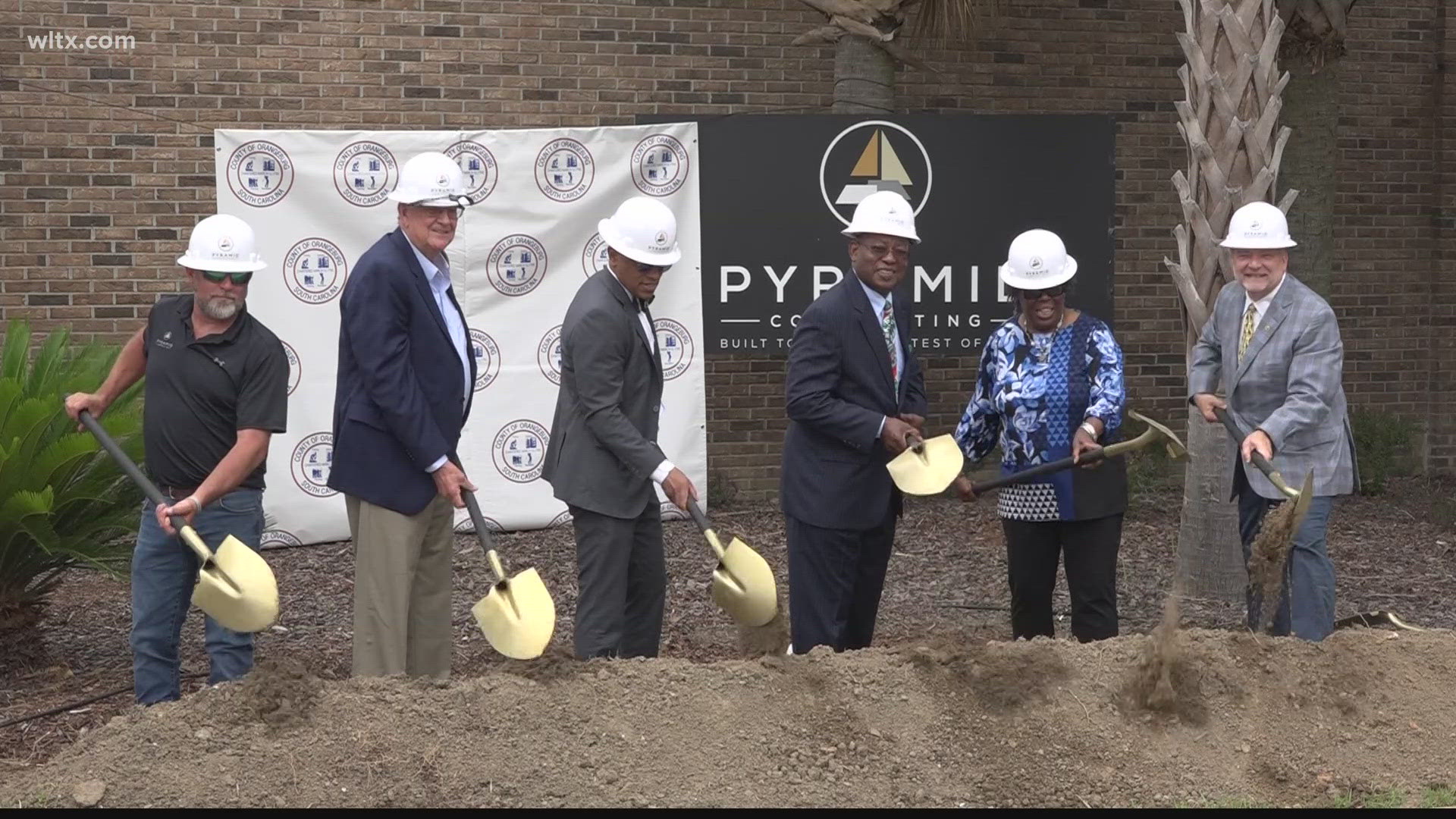FLORIDA, USA — The legacy of 14 historically black colleges and universities (HBCUs) will be onboard Boeing’s CST-100 Starliner as it embarks on its second mission to orbit for NASA’s Commercial Crew Program.
Flags, small pennants and other items representing select HBCUs from throughout the U.S. -- including South Carolina State University and Allen University -- will be part of the hundreds of pounds of cargo inside the uncrewed spacecraft for Orbital Flight Test-2 (OFT-2).
The represented universities, with which Boeing also has a recruiting relationship, are Clark Atlanta University, Morehouse College and Spelman College, part of the Atlanta University Center Consortium; Alabama A&M University; Florida A&M University; Howard University in Washington, D.C.; Morgan State University in Maryland; North Carolina A&T; Prairie View A&M University in Texas; Southern University and A&M College in Louisiana; South Carolina State University; Tennessee State University and Tuskegee University in Alabama.
Allen University in South Carolina, which the company formed a partnership with last year to establish the Boeing Institute on Civility, will also be represented. The institute will be a national hub for teaching and programming aimed at advancing civil discourse in America and across the globe.
The higher education mementos will be part of the approximately 760 pounds of cargo flying inside the Starliner’s crew module when it launches to the International Space Station for OFT-2, which is targeted for July 30.


NASA cargo, weighing approximately 440 pounds, includes food and crew preference items for the current Expedition crew members, as well as a commemorative U.S. flag that will remain aboard the space station until it returns to Earth on Starliner's Crew Flight Test (CFT). Starliner will also carry provisions, like clothes and sleeping bags, for CFT astronauts Barry "Butch" Wilmore, Nicole Mann and Mike Fincke in anticipation of their upcoming mission to the station.
The practice of carrying items aboard a spacecraft goes back to the early days of America’s space program and helps to acknowledge the immense work and dedication required to develop, build and fly a spacecraft.
The cargo also plays a critical role in the uncrewed Orbital Flight Test when it comes to ensuring the proper weight of the vehicle since there are no crew members onboard, said Dee Dobson, a systems engineering technician who helped pack and weigh the cargo as part of Starliner’s Crew and Cargo Accommodations Team.


“The cargo is extremely important when taking into account the weight and center of gravity of the vehicle. Every piece plays a role,” Dobson said.
"Closing representation gaps in our company and our industry is a priority for Boeing, and inspiring diverse students to pursue careers in aerospace is an important part of that effort," said Boeing President and CEO David Calhoun. "By representing HBCUs on our Starliner mission, we are demonstrating our commitment to working with these institutions to advance equity and inclusion and help ensure a bright future for their students.”
The following video is from a previous story on Feb 10, 2020.


